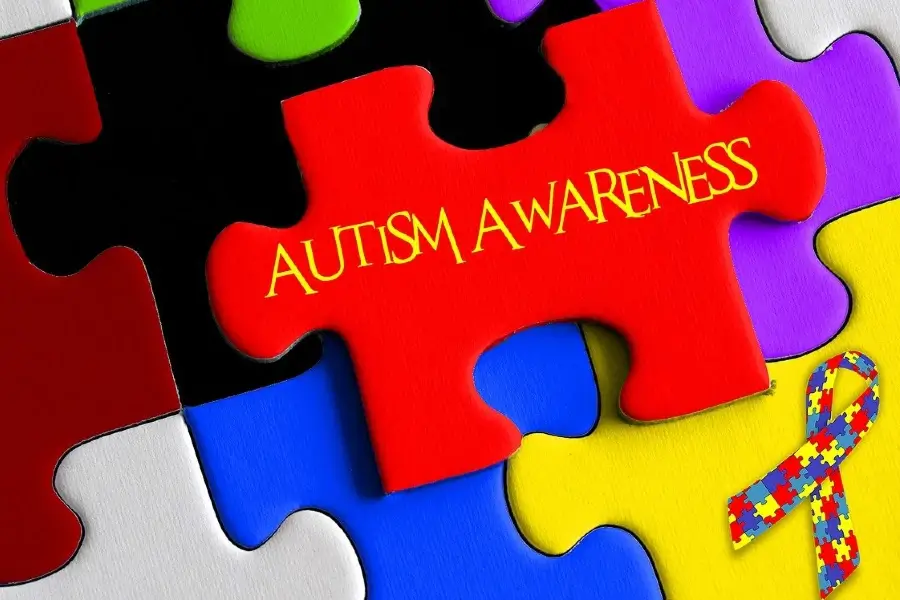What is Applied Behavior Analysis?
Applied Behavior Analysis (ABA) is a learning and behavior-based therapeutic technique. It is commonly used to assist people with Autism Spectrum Disorder (ASD) and other developmental disabilities in improving their skills and behaviors. Here’s a closer look at the ABA:
Core principles:
Understanding conduct: ABA focuses on understanding the relationship between a person’s conduct, their surroundings, and the consequences of that behavior.
Positive Reinforcement: This fundamental principle entails rewarding desired behaviors to improve their likelihood of being repeated. Positive reinforcement can take various forms, including praise, stickers, and access to desired activities.
Shaping Behavior: Complex abilities are divided into smaller, more achievable steps. Completing each step reinforces the desired behavior.
Data-Driven Approach: ABA therapists collect data to monitor development and evaluate the efficacy of therapies. This data allows them to change the therapy strategy as needed.
Individuals with Autism Spectrum Disorder (ASD) can gain significant independence.
How Does ABA Therapy Work?
Assessment: A Board Certified Behavior Analyst (BCBA) will thoroughly assess the individual’s specific requirements and issues.
Individualized Treatment Plan: Following the evaluation, a personalized treatment plan includes goals, target behaviors, and intervention tactics.
Teaching New Skills: The therapist leads the individual through learning new skills and habits by using positive reinforcement and breaking them down into smaller steps.
Generalization: The individual’s goal is to apply the abilities they’ve gained to new surroundings and situations.
Benefits of ABA Therapy:
Improved Communication Skills: ABA therapy can assist people with ASD improve their verbal and nonverbal communication abilities.
Enhanced Social Skills: People can learn suitable social interaction skills to help them form friendships and handle social settings more successfully.
Reduced Repetitive Behaviors: ABA can assist in managing challenging behaviors such as tantrums or self-injury by teaching alternative ways to communicate demands and cope with uncomfortable emotions.
Increased independence: Individuals with Autism Spectrum Disorder (ASD) can gain significant independence by gaining fundamental life skills through ABA (Applied Behavior Analysis) therapy.
ABA therapy offers an organized and evidence-based method to teach a variety of abilities, including communication, social interaction, self-care, and adaptive behaviors.
This comprehensive intervention provides individuals with ASD with the tools they need to complete daily chores, make decisions, and participate more effectively in their communities.
The customized nature of ABA therapy ensures that each client’s treatment plan is adapted to their specific needs and strengths. By breaking down complex abilities into smaller, manageable steps, ABA therapists work with the individual and their family to progressively build competence and confidence.
This systematic process increases independence and promotes a sense of empowerment in individuals with ASD by allowing them to take control of their own lives and make informed decisions.
As people move through therapy, they gain the skills to participate more completely in their communities.
Furthermore, ABA therapy contains approaches that promote generalization, allowing patients to apply the skills they learned in the therapeutic context to their daily lives.
Transfer of skills is critical for achieving actual independence because it allows people with ASD to apply their newly gained talents in real-world contexts, such as at home, school, or employment.
By addressing the underlying issues that people with ASD confront and offering complete assistance, ABA therapy has been found to greatly enhance overall independence and quality of life.
As people move through therapy, they gain the skills to participate more completely in their communities, make autonomous decisions, and attain more self-sufficiency, ultimately increasing their personal autonomy and sense of empowerment.
Additional considerations:
The intensity and duration of ABA therapy might vary based on the individual’s needs. Some children may benefit from multiple hours of therapy daily, whereas others may require less rigorous care.
Therapist Qualifications: Therapists who implement ABA must be qualified and supervised by a BCBA.
Combined Approach: ABA therapy is frequently used with other therapies, such as speech or occupational therapy, to provide a more holistic approach.
Resources:
Behavior Analyst Certification Board (BACB): https://www.bacb.com/
National Autism Center: https://www.autism.org.uk/
Autism Speaks: https://www.autismspeaks.org/what-autism
Remember that ABA therapy is an effective tool for people with ASD and other developmental problems. It can considerably improve their quality of life by providing them the necessary abilities to learn, communicate, and engage effectively with the world around them.













